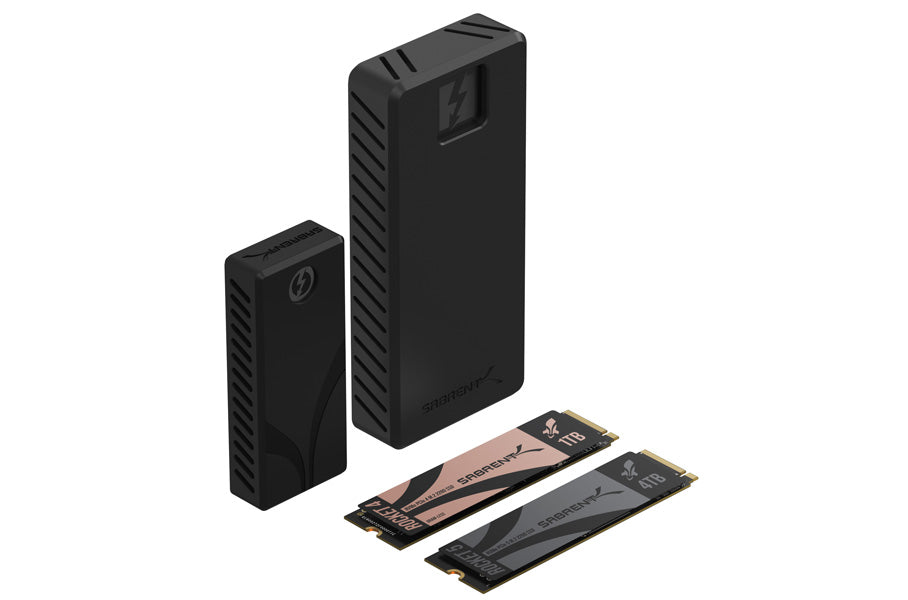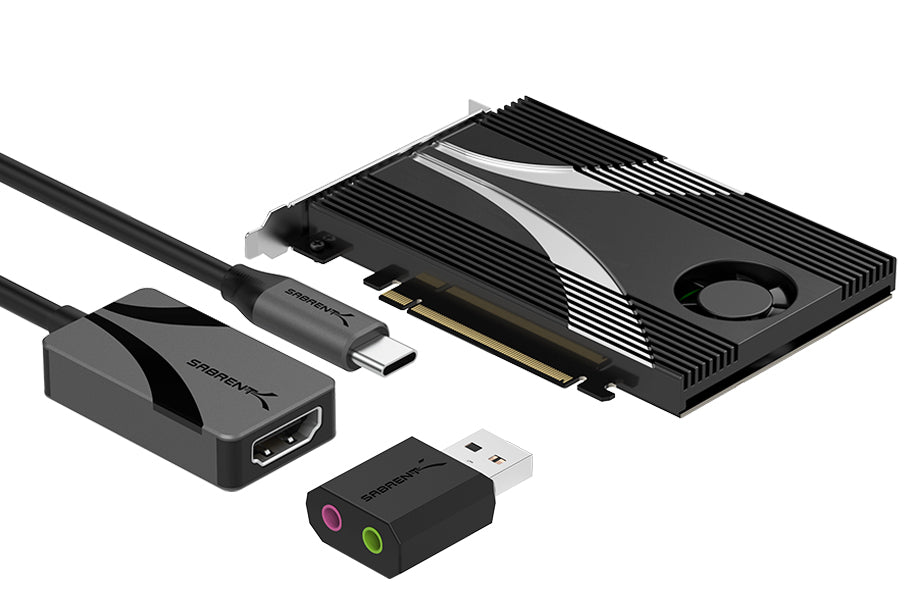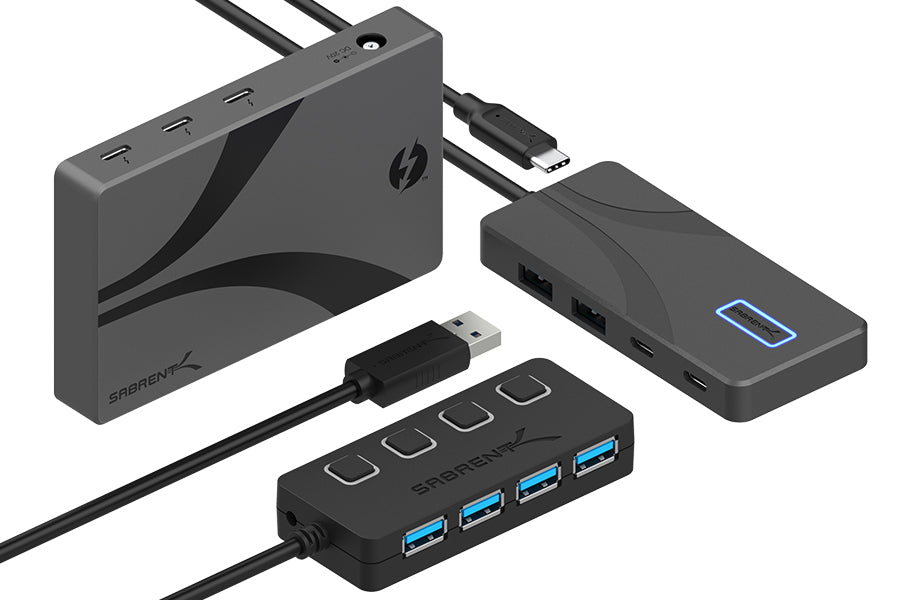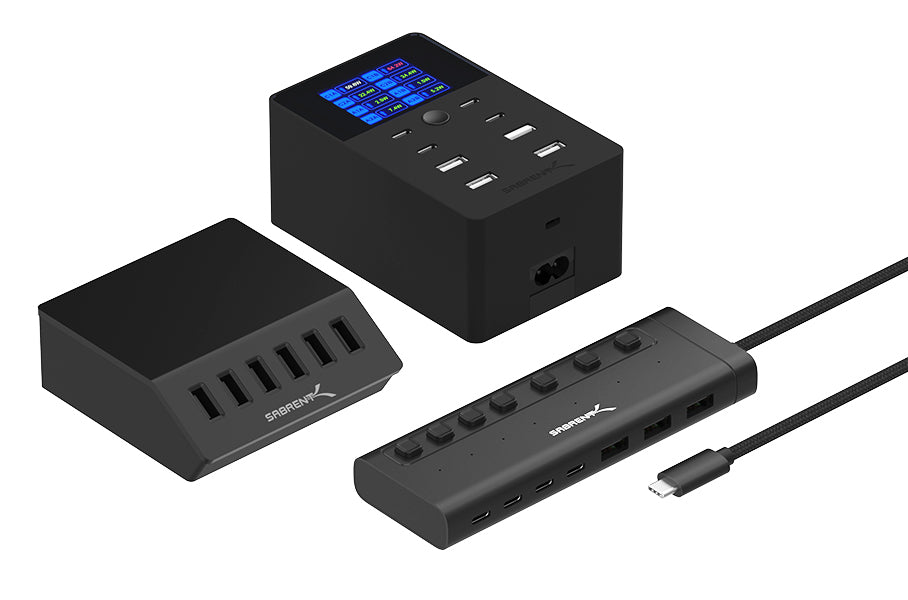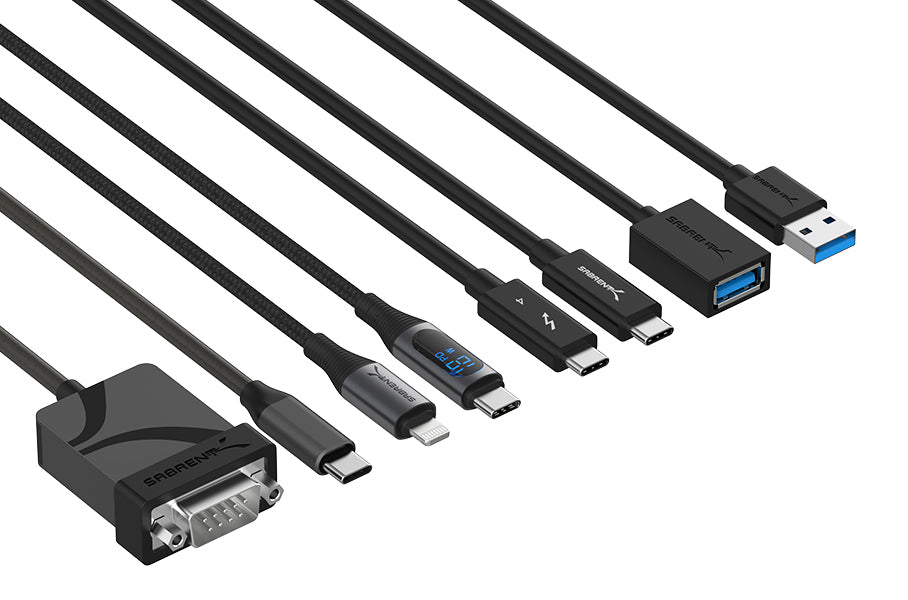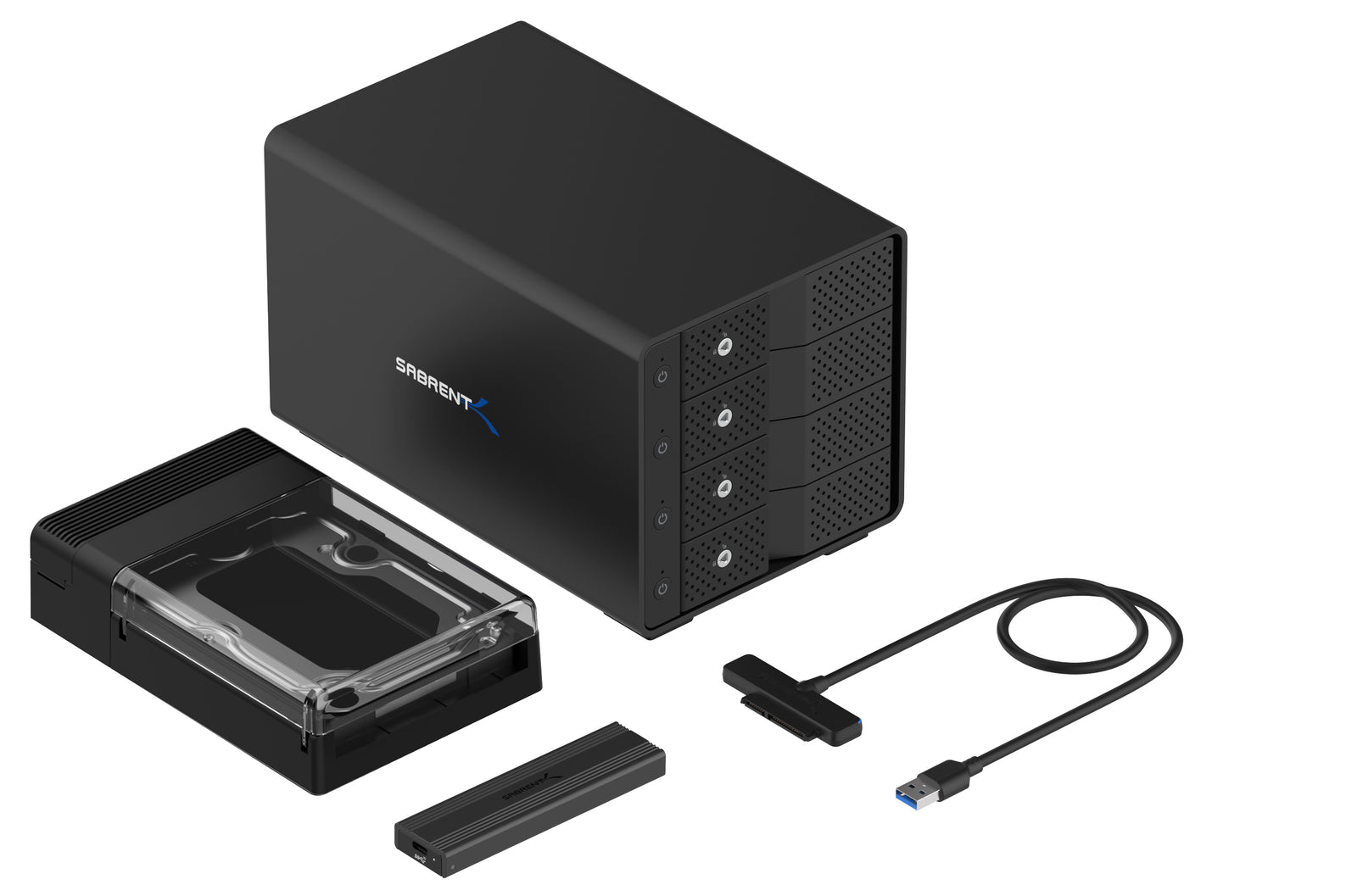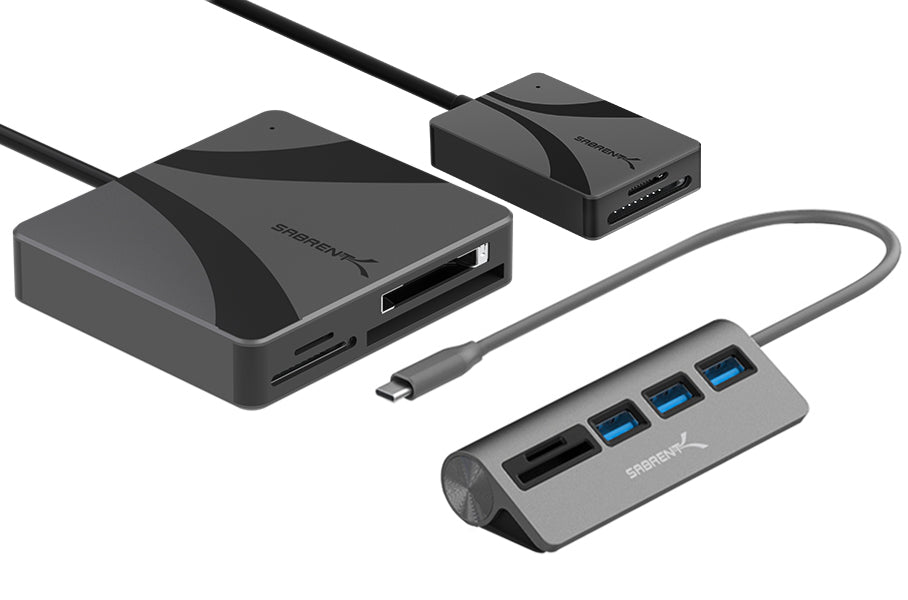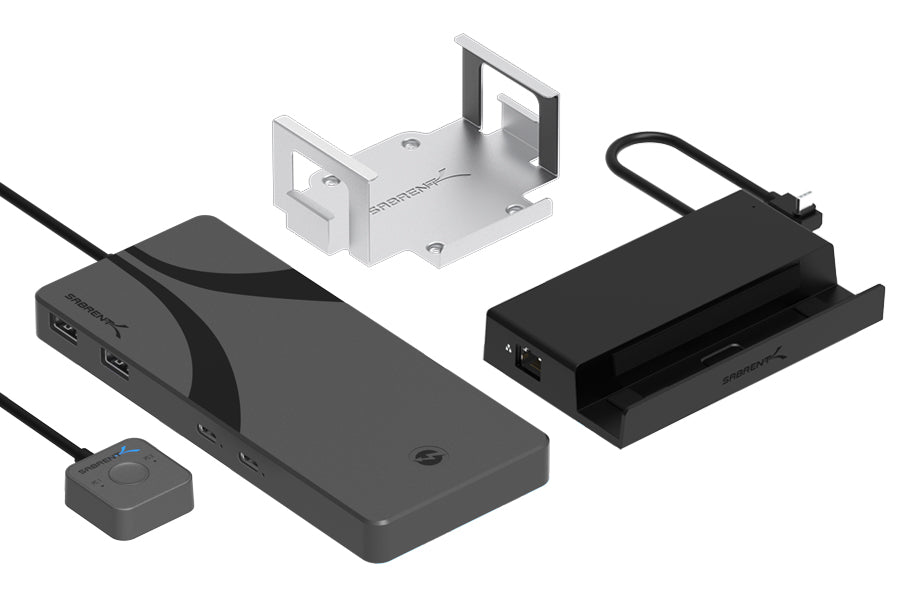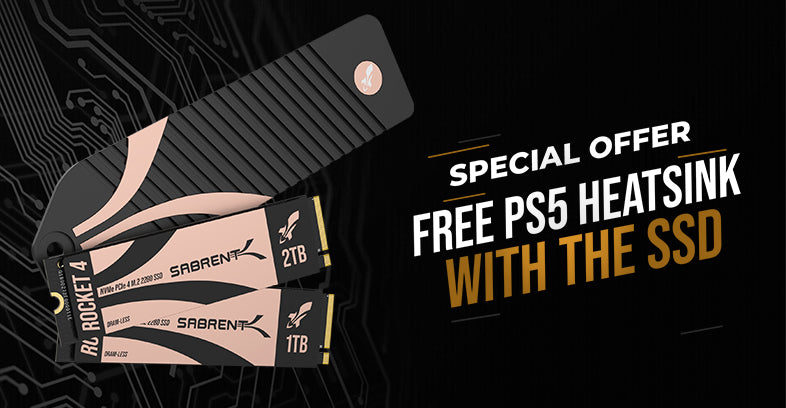We get a lot of questions about product operating environments. Will this product work in this environment? Are the temperature ranges given valid? What exactly are the ranges for? What's the difference between operating and non-operating temperature? What other factors need to be considered? We answered some of these for our SSDs previously, but the standard ranges will differ from product to product. Even our enclosures and external SSDs may have different environmental values than our standard internal SSDs. There are reasons for this which we will get into later.
Most products will have an operating temperature range and a non-operating temperature range. The first applies to environmental or ambient temperature and is often in the 0-70°C range. This spans from freezing all the way to a toasty temperature usually applied to consumer NAND flash. The temperature of components, such as the SSD controller, could fall outside this range, and often do. Individual components have their own temperature operating ranges, but the environment or operating temperature must be guaranteed. Part of this guarantee is supported by the quality of the components but also the product's ability to throttle or shut off if required. Industrial use will have a wider range with compliance designed for harsher environments.
The non-operating range will be larger, often from -40 to 85°C, and applies to devices when they are powered off, or a storage temperature. Non-active components are able to withstand a wider range of temperatures but should be operated with care afterwards. Sudden and/or wide temperature swings can damage components, especially when accounting for other environmental hazards such as humidity. In many cases, products and components can handle wider ranges than what's officially listed by specification, but for long-term and reliable use it is ideal to stay within the rated limits. In some cases, airflow will be necessary or optimal for normal operation.

Example of rated temperature ranges. Source: Core Sensors.
Humidity is the most typical environmental hazard that's explicitly mentioned for electronic products. This also often also has an operating and non-operating/storage value, usually with a low around 5% and a high of 90-95%. Most environments should fit within this range, and the extremes - perhaps desert and rain - are covered by the elements of Ingress Protection (IP). This would be dust and water protection, which are more relevant for portable or external products, although some internal industrial components may be required to handle these sorts of hazards. It's advised not to purchase consumer products if you are worried about their ability to meet the needs of industrial use.
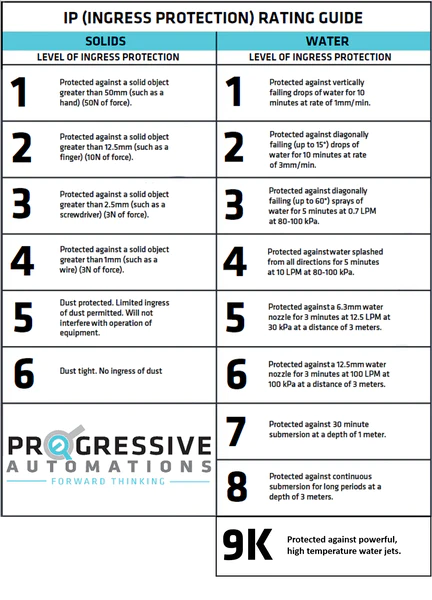
Ingress Protection (IP) rating table. Source: Progressive Automations.
Products may also have shock and vibration ratings, applying to the ability to handle falls and gravity as well as physical oscillation. These ratings can also have operating and non-operating values. For the most part, these also usually apply to external or portable products, although vibration can be an issue in vehicles, desktops, and environments with fans, hard drives, etc. Shock may in some cases be handled by IP as well - drop testing - but for shock will be given in terms of G over time. All of these should be considered when purchasing a product for field use, but in many cases these values will greatly exceed realistic needs.
Our products are largely designed for consumer use so will not have industrial ratings, and this is factored into our warranties. Many of these products will work beyond the rated or designed range, even over time, but care should be taken to try and keep them within normal ranges when operating or in a storage state. We recommend maintaining your products carefully even if they are able to handle more extreme situations. If you have a question about a specific product, please contact technical support.

